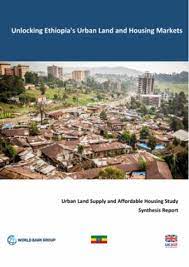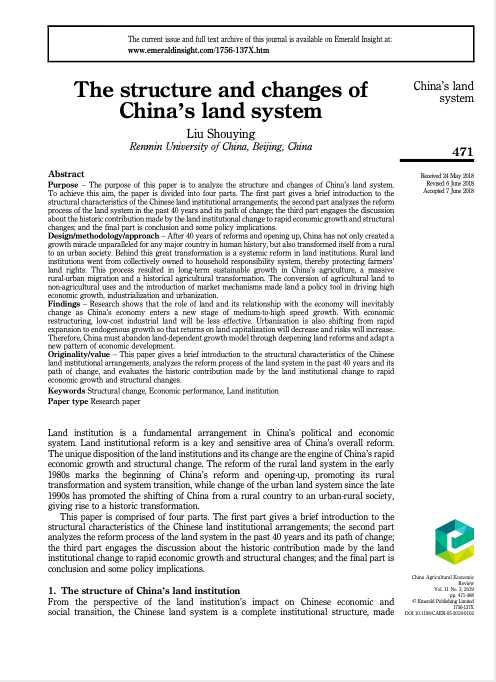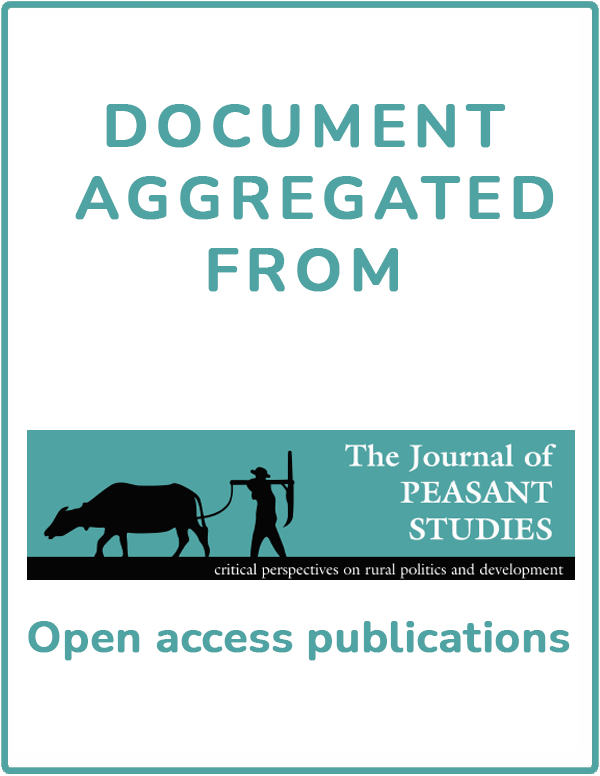Q&A: helping communities protect their land rights
A paper from the Agricultural Policy Research on Africa (APRA) programme in Zimbabwe supported by a DFID grant to IDS;Sussex. Explores the intersecting factors that have shifted pathways of commercialisation;mostly of tobacco and maize;in Mvurwi area in northern Mazowe district;Zimbabwe;since 1890. Looks at five periods;starting with early colonisation by white settlers;then examines the consolidation of ‘European agriculturefollowing World War II;before investigating the liberation war era from the mid-1970s.






